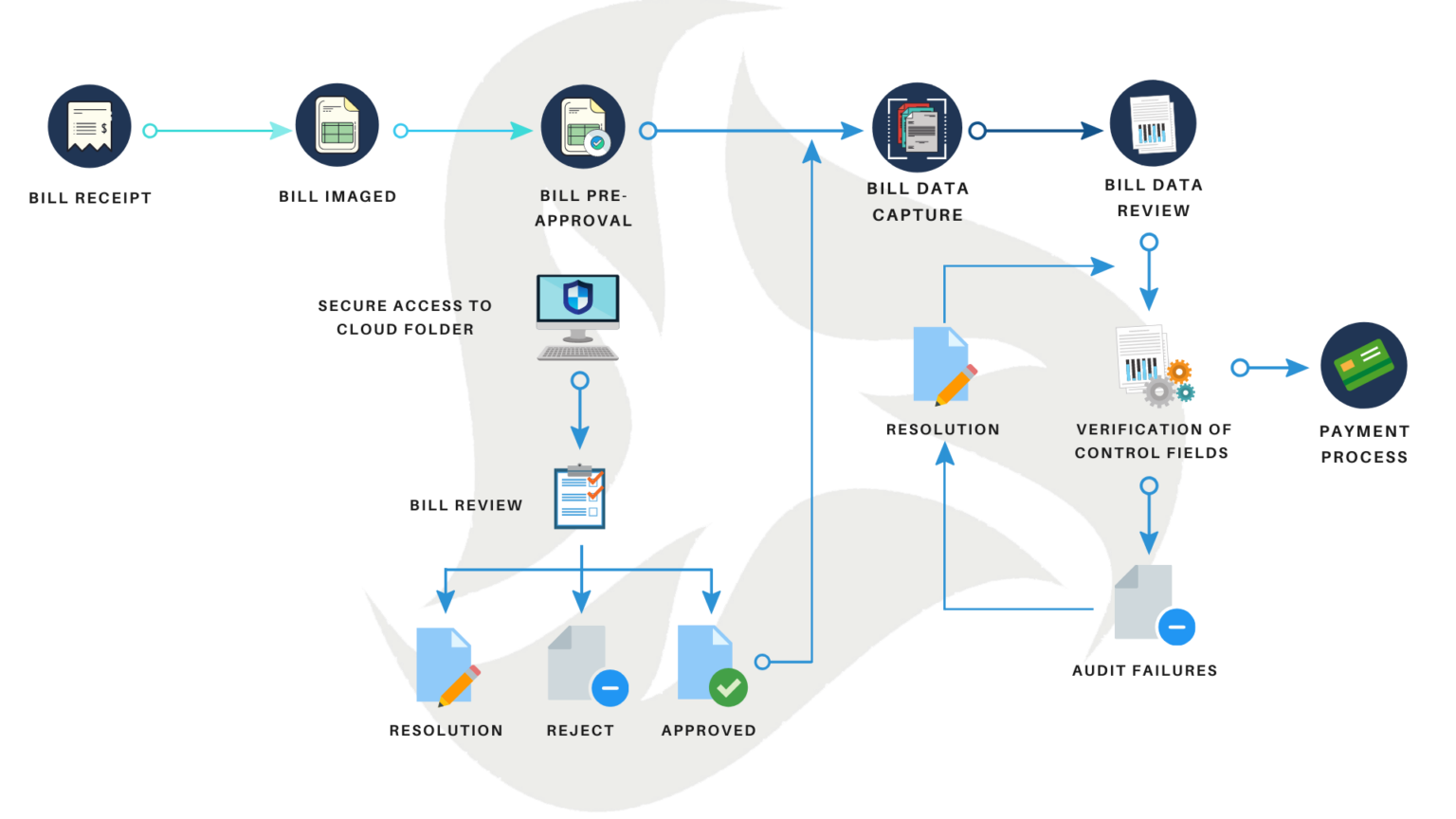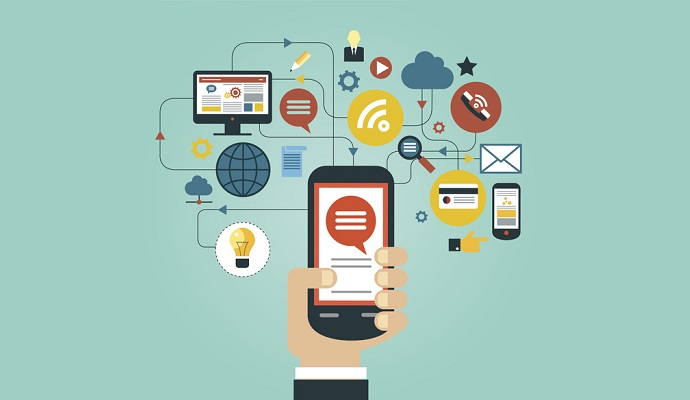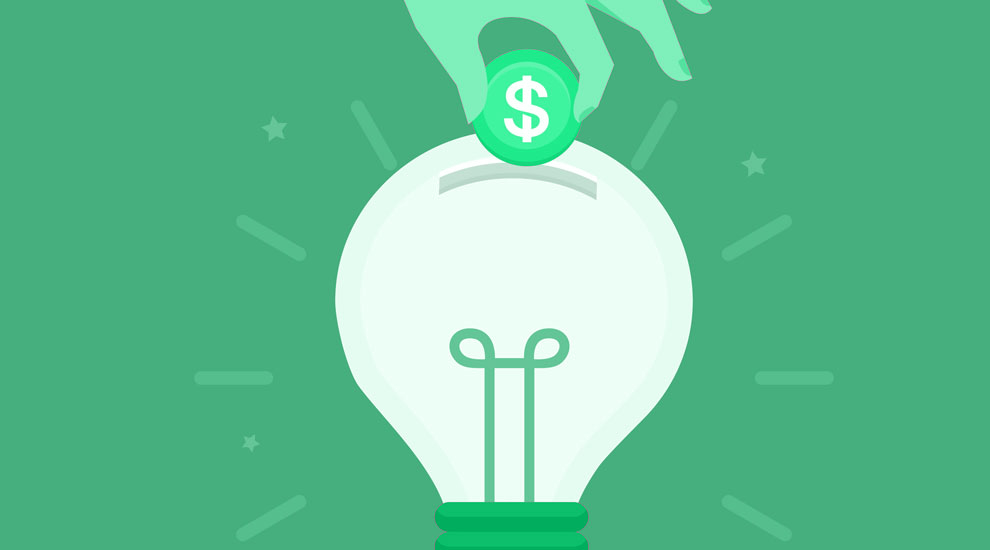Utility recovery systems bill pay can seem complicated for property managers but it doesn’t have to be. By implementing a streamlined utility recovery program managers can increase net operating income (NOI), promote conservation, and improve resident satisfaction. In this article, we’ll break down what utility recovery entails, highlight key benefits, and provide actionable tips to simplify utility billing for your properties.
What is Utility Recovery?
Systems that let property managers charge residents for the utilities they use are called utility recovery systems. Either each unit is given a submeter or the costs of utilities are split up based on a ratio (RUBS).
Submetering involves installing a meter for every utility in each unit to measure exact usage This provides the most accurate measurement but requires upfront hardware costs
RUBS programs allocate total utility costs across residents based on factors like unit size. While not as precise, RUBS plans are simpler to set up in existing buildings.
In both cases, the property manager pays the master meter utility bills then bills residents for their portion. This allows managers to recover costs directly correlated to usage.
Key Benefits of Utility Recovery Systems
Implementing utility recovery systems has significant benefits
-
Increased NOI – Studies show utility billing increases NOI $40-$120 per unit monthly. By reducing this major operating expense, NOI and property value rise.
-
Promotes conservation – Residents conserve more when paying for exact usage. This achieves utility savings up to 20% alongside environmental benefits.
-
Protection from rate hikes – Directly billing residents shields managers from rising utility rates that harm budgets.
-
Flexible rent prices—Because residents pay for utilities, managers can change rent prices more easily when they need to.
-
Higher asset value – Properties with established utility recovery systems have higher sales values and improved capitalization rates.
Top Tips to Streamline Utility Billing
While utility recovery systems provide major advantages, implementing billing can seem daunting. Follow these tips to simplify the process:
-
Start with new residents – Introduce billing for all new move-ins. This avoids surprises for existing residents.
-
Review all utility costs – Audit utility expenses to identify billing opportunities for water, gas, electric, sewer, trash collection, and any other utility costs.
-
Consult local regulations – Check state and municipal codes to determine legal utility billing options before proceeding.
-
Select the right system – Consider existing infrastructure, budget, and billing needs when choosing submetering or RUBS.
-
Leverage technology – Modern software makes billing, collections, reporting, and conservation tracking simple.
-
Communicate the change – Clearly explain the transition to residents well in advance. Highlight conserved usage and rent stability.
-
Start billing ASAP – Initiate billing quickly once systems are in place to maximize cost recovery. Consider outsourcing billing and collections.
-
Refine over time – Continuously monitor data and make changes to improve accuracy and results.
Implementing Your Utility Recovery Program
Follow these steps when rolling out utility recovery:
-
Audit – Compile and evaluate 12 months of utility bills, occupancy data, and costs. Identify billing opportunities.
-
Assess – Inspect the property to determine which utility recovery system works best based on building infrastructure.
-
Consult – Research state laws and consult legal counsel to ensure programs comply with regulations.
-
Calculate – Identify utility cost allocations per unit based on consumption data or units ratios.
-
Notify – Inform residents of the change in writing well in advance of billing initiation. Highlight program benefits.
-
Install – For submetering programs, install required metering equipment using licensed technicians.
-
Integrate – Set up software for billing, collections, reporting, and analyzing usage data.
-
Bill – Issue the first utility bills to residents once the utility recovery system is fully operational.
-
Refine – Regularly evaluate program data to identify optimization opportunities and adjust as needed.
With the right preparation, utility recovery program implementation can be straightforward. The most successful managers continually monitor their programs and make adjustments to maximize results over time. The increased revenue, conservation benefits, and system efficiencies are well worth the initial effort.
Consider contacting a specialized utility recovery service provider to handle setup, billing, collections, and ongoing program optimization. Their expertise and outsourced services can help managers minimize administrative burdens. This allows staff to focus on other revenue-driving initiatives for increased profitability.

How To Capture Data For Your Utility Recovery Program

Two ways to capture the data needed for billing your residents for utilities are submetering and RUBS. Lets begin with submetering. Submetering involves installing a meter between the master meter and the resident’s unit. Submeters provide a fast ROI, often under 6 months. When submeters cannot be installed, a ratio utility billing program may be a good alternative.
RUBS programs are a good method for allocating utility expenses in communities built before 1980 due to older plumbing configurations that may render submetering impossible or expesive. RUBS will provide an goal for residents to save on utilities since they are now paying a bill. Over time, utility billing decreases by 20% in under 6 months.
Reasons Why You Need A Utility Recovery Program
- Utilities are among your highest expenses, right after mortgage and taxes.
- Water, gas, and electric rates are increasing across the United States of America.
- Improves your NOI and cap rate.
- Over time you will see as much as a 20% reduction in usage from your residents.

Paying Collections – Dave Ramsey Rant
What is a Resident utility billing service?
Our resident utility billing services feature simple and elegant automated workflows that allow your residents and staff to complete their tasks quickly and efficiently. With 20 years of building and maintaining property management systems integrations, we provide the best integrations in the industry.
Who is synergy utility billing?
Synergy Utility Billing is the #1 provider of utility submetering & RUBS services nationwide. Full service & expertise coast to coast. Unmatched service.
What is a ratio utility billing system?
Use a ratio utility billing system to fairly bill residents for utility usage without deploying submeters. From direct and convergent billing to vacant unit cost recovery and delinquent accounts, we do it all. Leverage best-in-class software to turn your utility data into opportunities for reduced costs and increased recovery.
How do I contact a utility billing company?
Call us today, or click “Contact Us” to fill out our easy contact form. Experience a Whole New Type of Utility Billing Company. Utility billing systems can be complex. Without the right partner, they create headaches for landlords, property managers and tenants.
